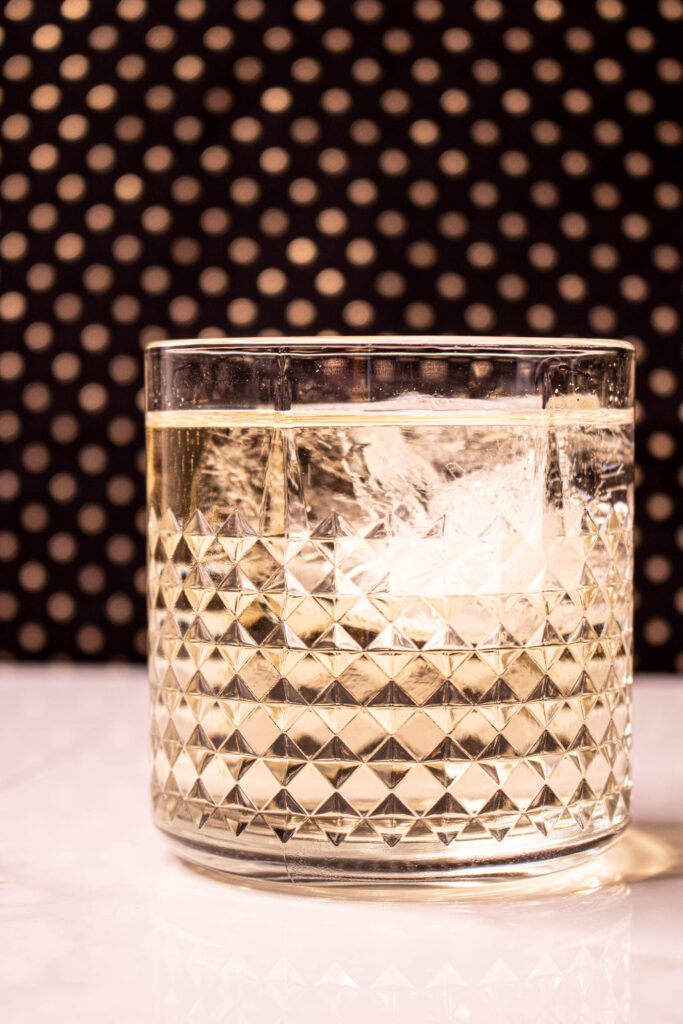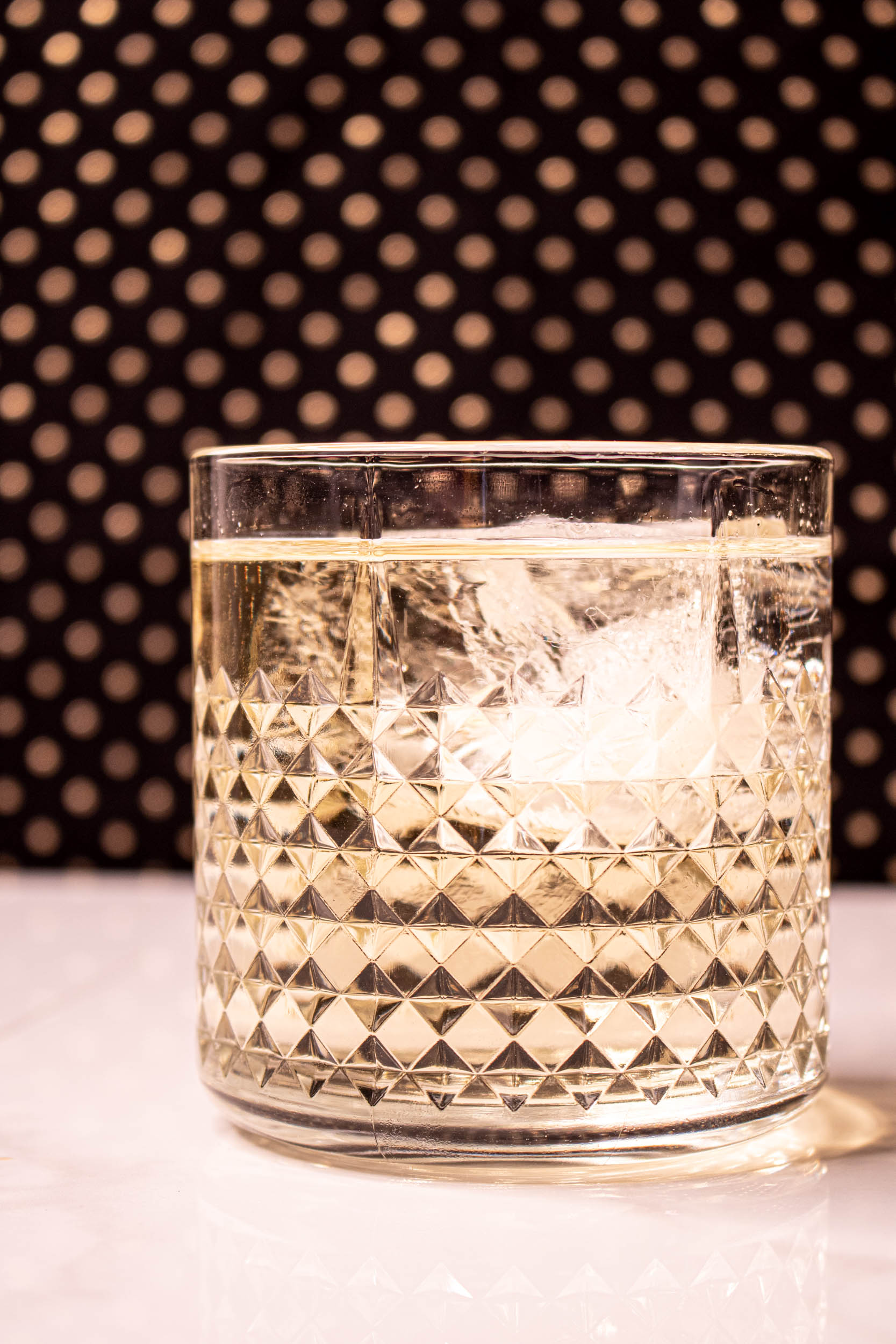
The Highball is one of the proto-cocktail templates that underpins a variety of drinks from the Americano to the Cuba Libre to the Gin and Tonic. The concept is simple, spirit and sparkling water. Adding citrus and you can end up with a Buck, Collins, or Rickey. While the origins appear to be around the turn of the twentieth century, the exact story is lost to time. What should it matter though, the Highball remains a delicious drink over a hundred years later.
Highball

The Highball is nearly completely dependent on the choice of whiskey used. Using Suntory Toki here, the elements of cereal notes are expanded with the seltzer, and allowing them to express themselves. This is a difference from the spices, touches of heat, and green apple skin that are present in the raw whiskey. The apple notes are now more subtle, and perhaps even slightly crushed or the flavor an apple cut over an hour ago. The caramel and spice present in the original now make up the background, and now add notes of minerality and toasted grain. There’s even a really gentle floralness and elegance that expresses itself. The highball is therefore and extension of the whiskey you start with.
Drink Notes & Recommendations
The Highball is base cocktail. In it’s purest form, the highball is two things, a spirit and a non-alcoholic mixer. The result is an endlessly riffable drink, including things like the Gin and Tonic, Bloody Mary, and Mimosa. As the drink is so simple, there is no room for a spirit to hide, so high quality spirits are critical to execution.
- Whiskey – This is the flavor of the highball. If you start with a whiskey you don’t like, you’re unlikely to find that you like it significantly better in a highball. Whiskey is a temperamental spirit and, prior to the rush to turn everything whiskey into cask strength expressions, common wisdom used to be to add a drop of water to your whiskey when served neat to help express the true character. This thought process is founded in the idea that the molecules in the whiskey expand, opening up new flavors and smells. A highball is a semi-similar though process, just on scale. You’re adding a significant amount of neutral spirit, so expect the flavors to expand and change – but they will not get stronger. Our general recommendation is to start at 4 oz of seltzer, and add or subtract from there (add for more complex / intense whiskeys, subtract for gentler bottlings)
- Scotch – Highly peated scotches (like Laphroaig or Lagavulin) may require more seltzer, while other non-peated whiskeys like Glenlivet may require less.
- Japanese Whiskey – These blends are generally closer to scotch in their flavor profiles, and should therefore be adjusted accordingly. The expectation is that generally you shouldn’t see overwhelmingly peated expressions, so 4:2 ratios should work well.
- Irish – Expect to follow similar 4:2 ratios compared with Japanese whiskeys. Exceptions should be expected for finished whiskeys (in other barrels – like sherry or madeira)
- Bourbon / Rye – Unlike the other whiskeys list, expect to experience significant impacts from the base spirit (especially for bonded, barrel / cask strength). These whiskeys can have strong profiles. The goal is to balance them with the seltzer.
- Seltzer – Seltzer is the purest form of carbonated water. There are no minerals added (Club has additional minerals to mimic mineral water). For the most control, use seltzer. Club is an acceptable substitute, but note that the minerals added can adjust citrus and bitterness.
6 thoughts on “The Classics: Highball”